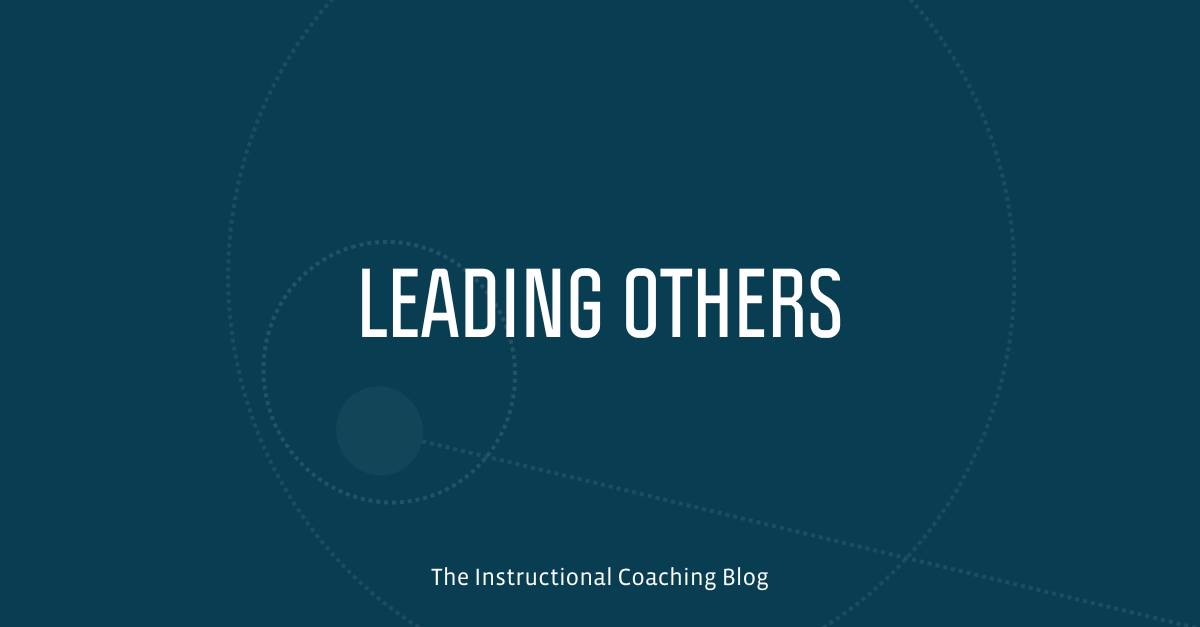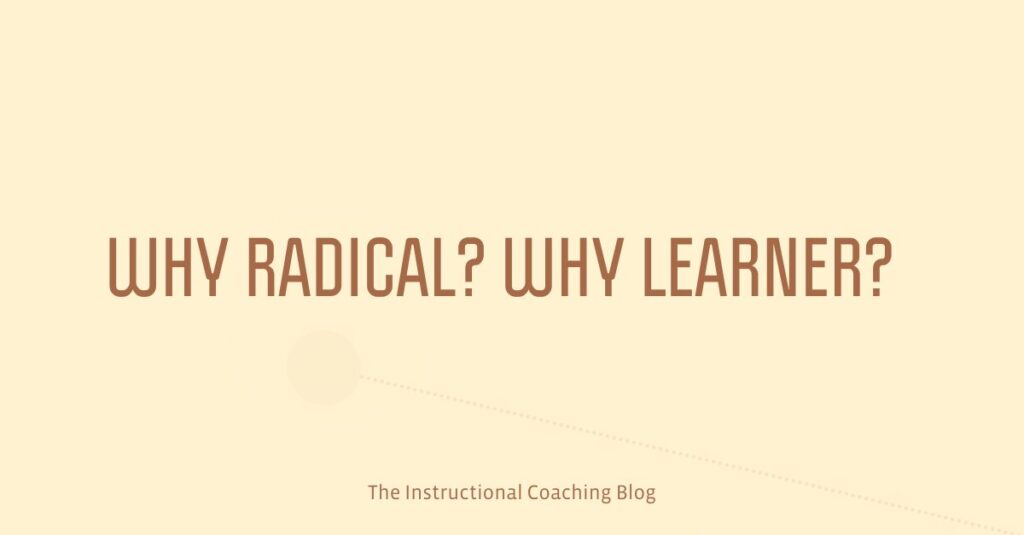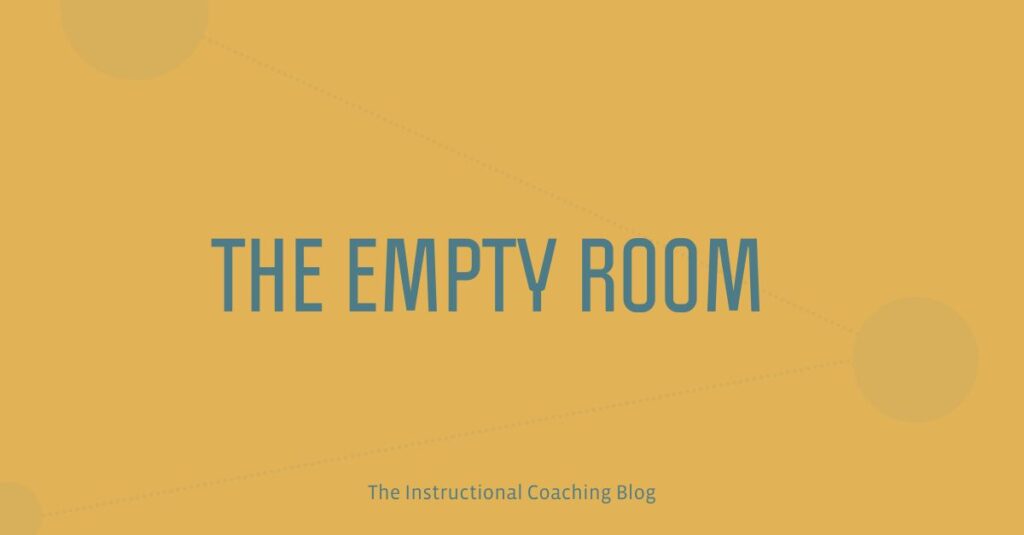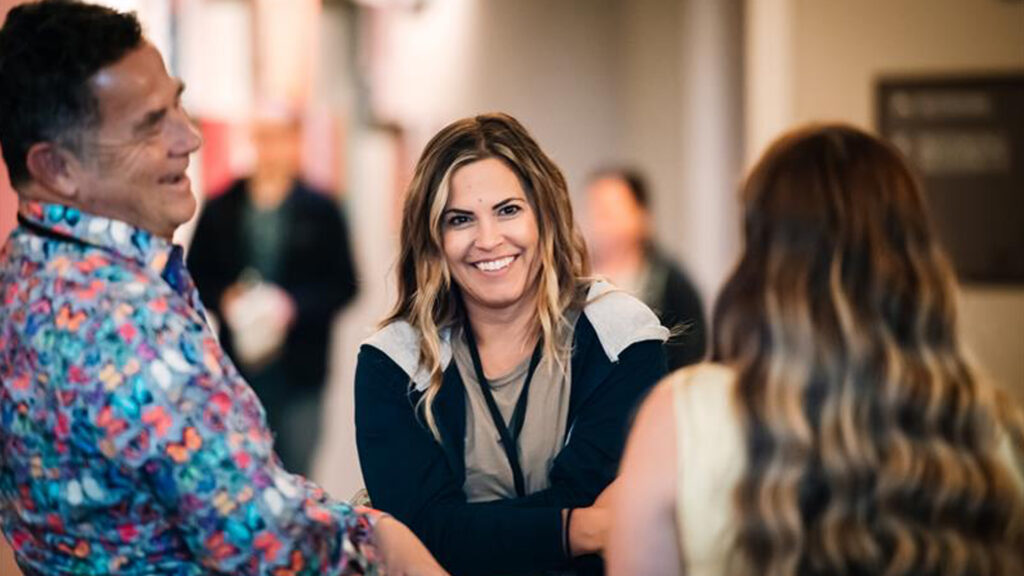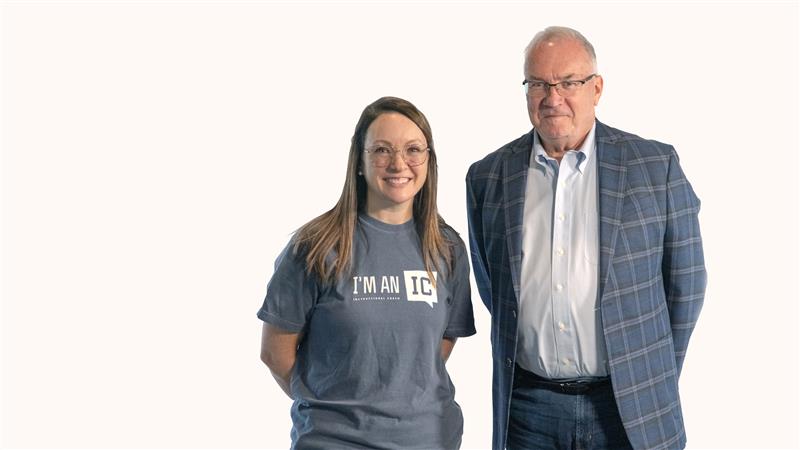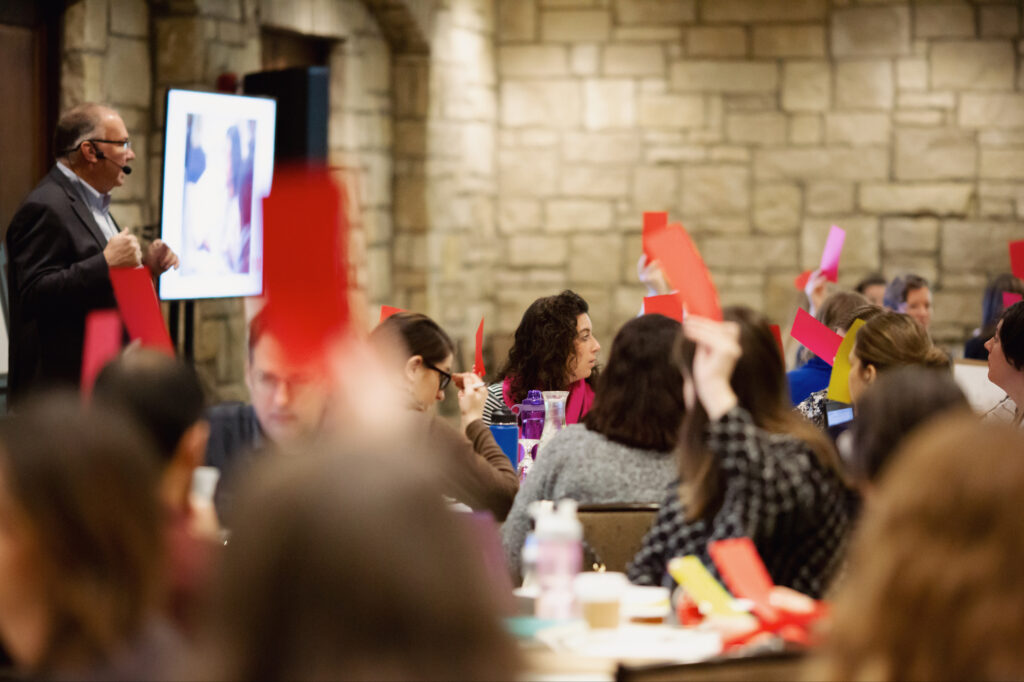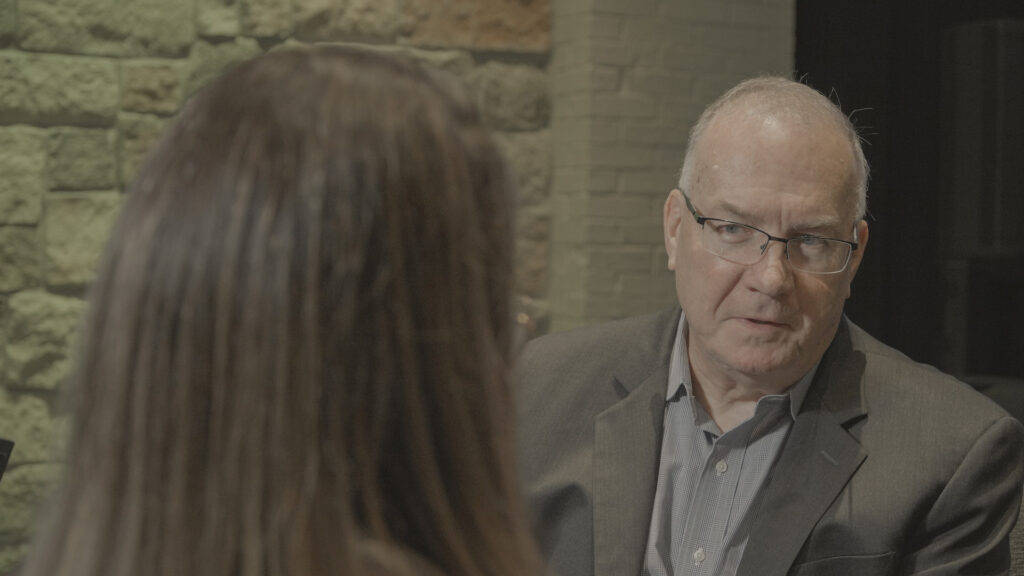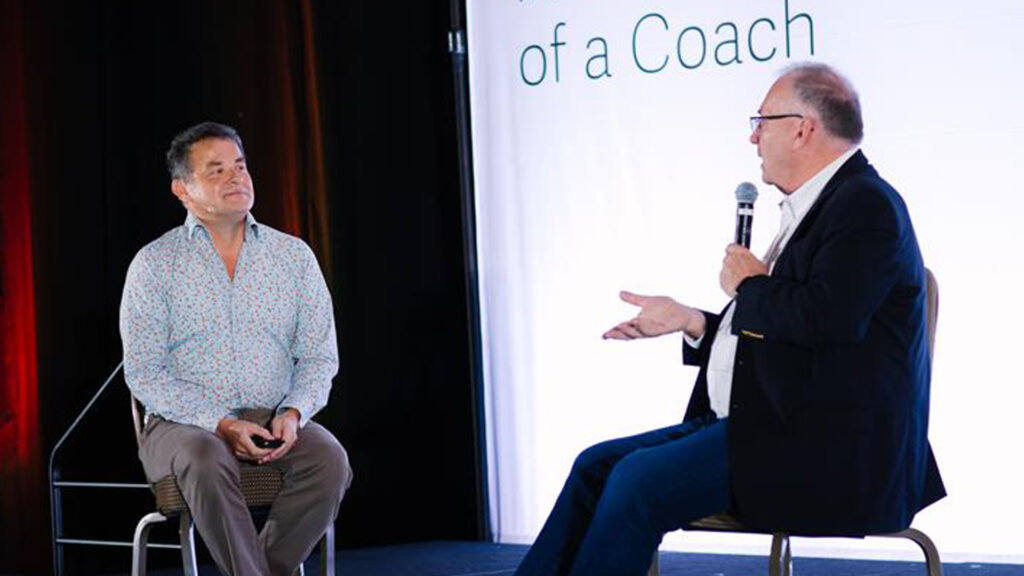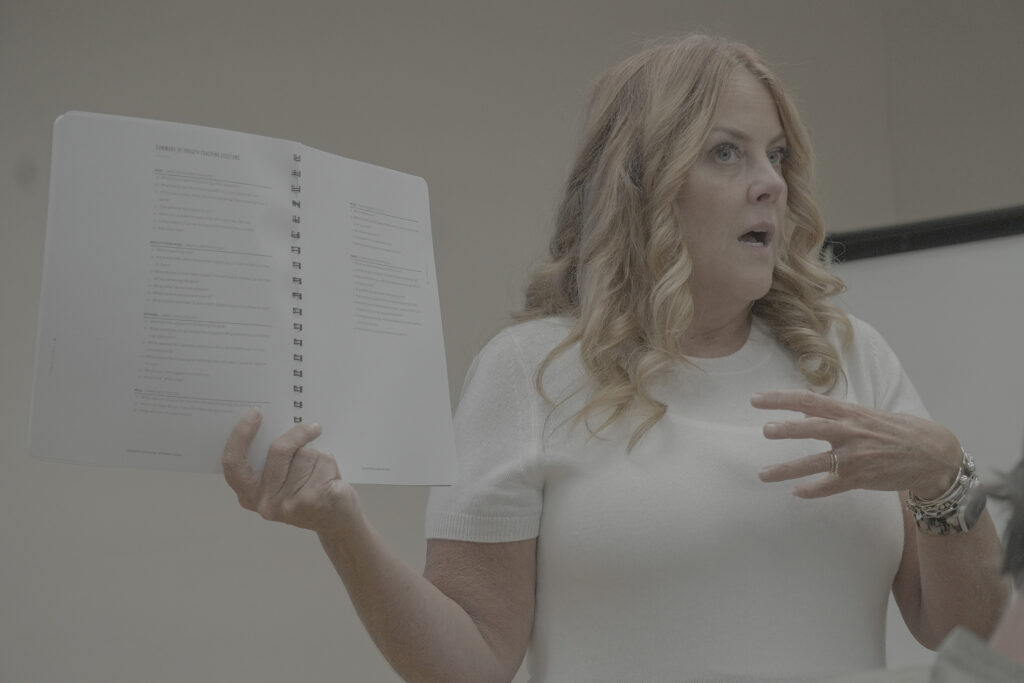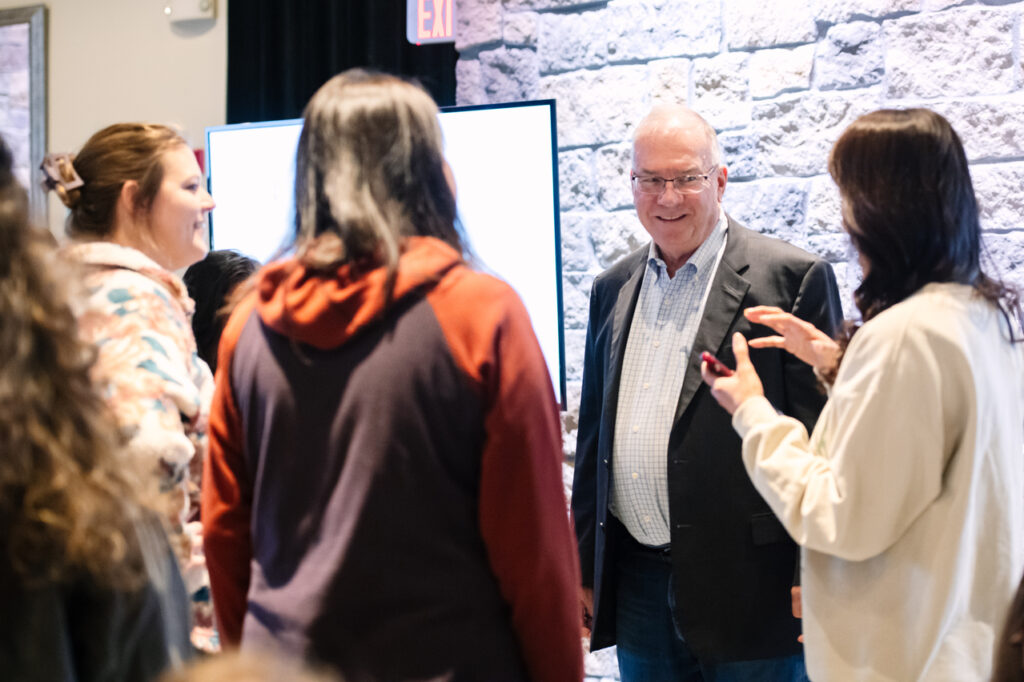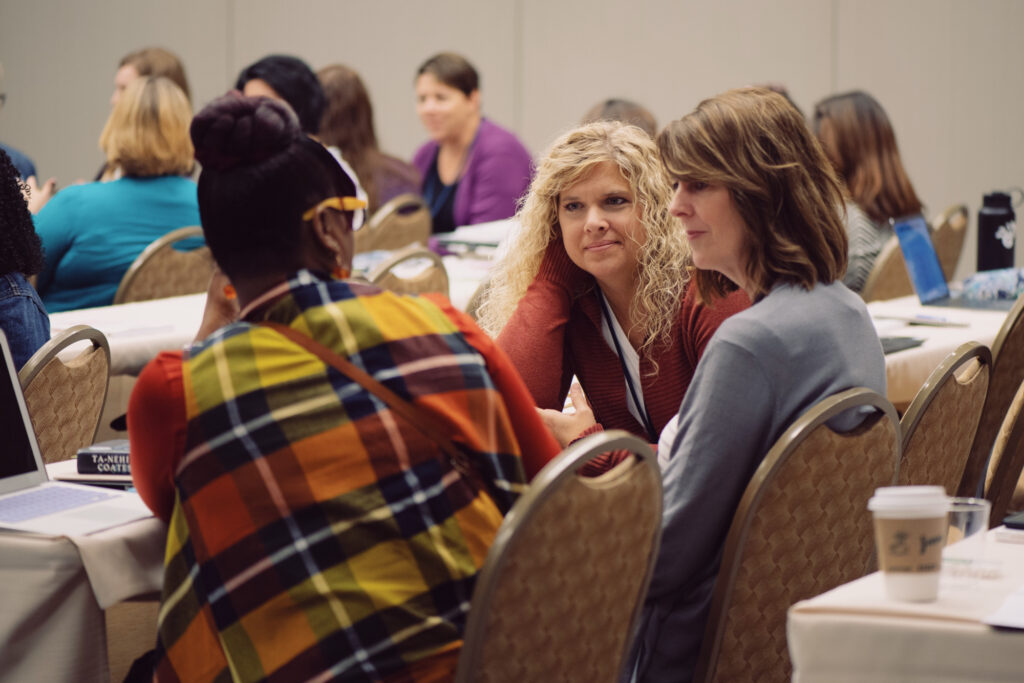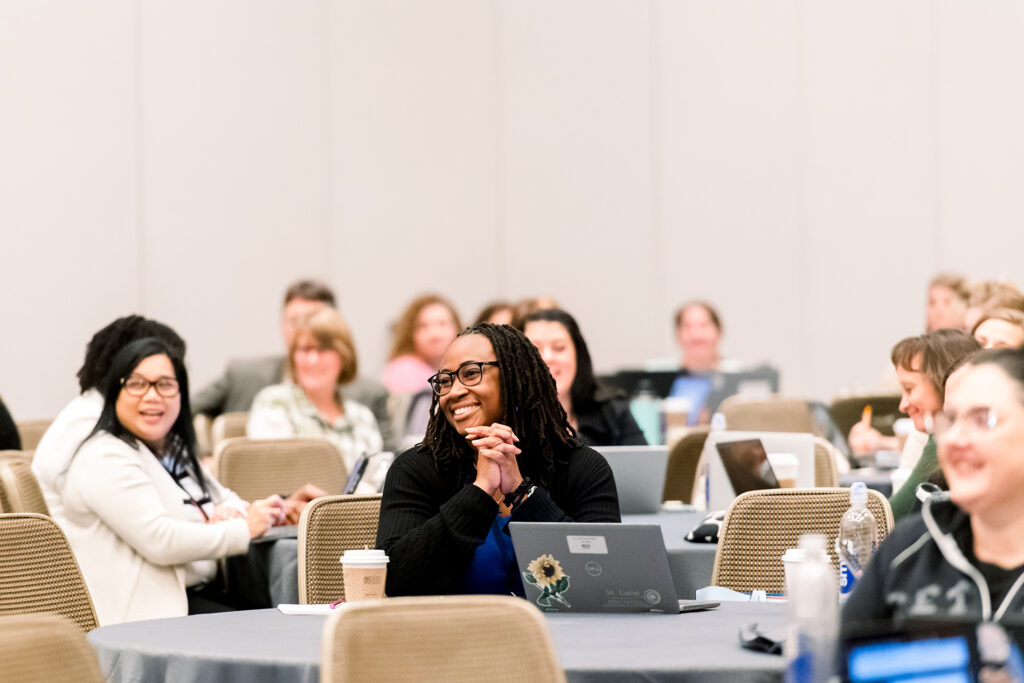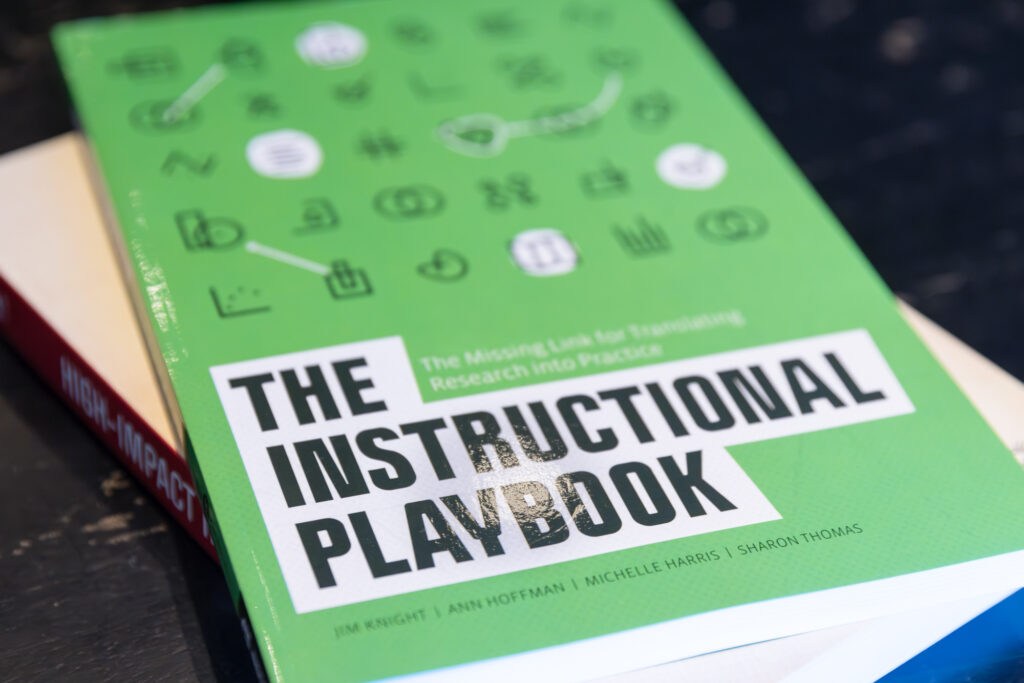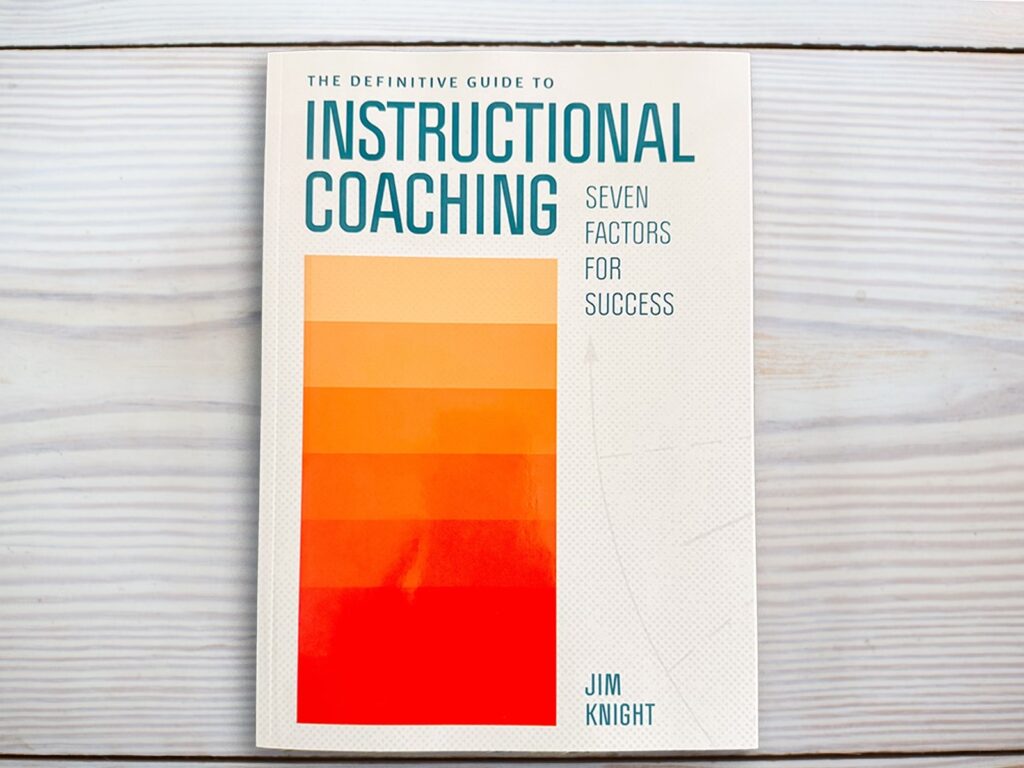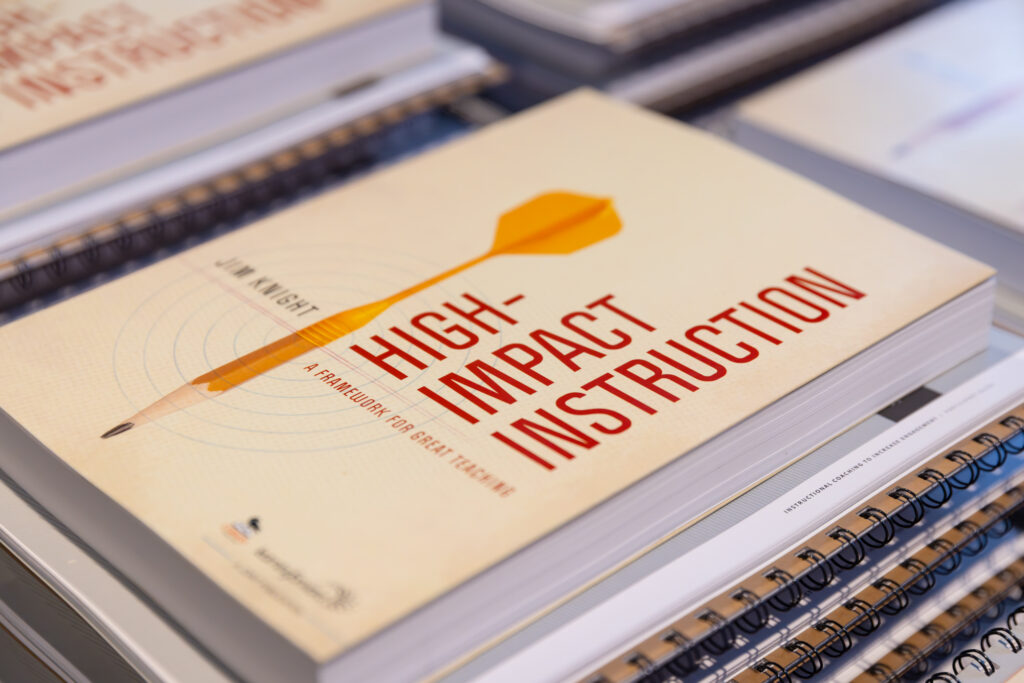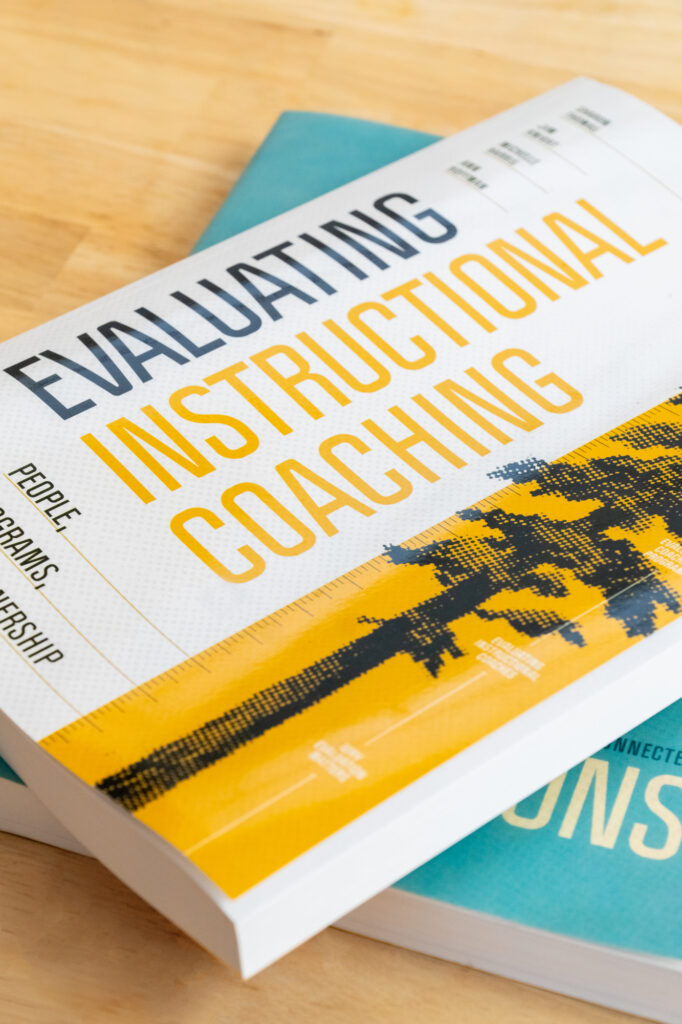Leadership based on the Partnership Principles involves helping others identify for themselves what they need to do rather than getting them to do what the leader has decided they should do. As such, leadership based on the Partnership Principles is an act of service, not control. The leadership that coaches need to demonstrate involves two elements: leading yourself and leading others.
In previous blog posts, we have shared what it means to lead yourself. Today, we will capture the four leadership strategies that are especially important when leading others.
According to the literature, effective leaders are emotionally intelligent, good at using their relationship-building skills to bring teams of people together around shared goals. They are great listeners, and they genuinely care about their employees. Their ego is not as important as the larger purpose that drives their actions. They understand organizational culture and treat each person uniquely. Effective leaders walk the talk.
Like all leaders, coaches are most effective when they demonstrate these leadership strategies. A lot can be learned from authors like Michael Fullan, Chimamanda Ngozi Adichie, Brene Brown, and Pedro Noguera. But four leadership strategies are especially important for coaches, particularly when they work from the Partnership Principles:
- Balancing ambition with humility
- Being a Multiplier
- Creating alignment
- Making good decisions
Balancing Ambition with Humility
I first heard about balancing ambition and humility in Jim Collins’s now legendary book Good to Great (2001). Collins compared “good” companies with “great” ones, finding that leaders in the latter are capable people who (1) work well with teams, (2) manage people and resources effectively, (3) unite and motivate people to achieve a compelling vision, and (4) “embody a paradoxical mix of personal humility and professional will” (p. 39).
Based on my own experience, coaches need to balance ambition and humility just as much as CEOs of corporations do, and they demonstrate their ambition for change by knowing their purpose, managing their time, building habits, and practicing self-care.
When coaches know their purpose they focus on doing what is necessary to ensure that all students flourish. Developing habits and using time effectively fosters trust and makes sure the most important work gets done. Practicing self-care is important so they can do the challenging and incredibly important work of leading change in schools. Because they are organized, reliable, and ambitious for the greater good, they keep everyone’s focus on what matters, refusing to accept leaving anyone behind.
At the same time, coaches demonstrate humility by keeping their focus on what’s best for children, not what’s best for themselves. Coaches demonstrate their humility by becoming excellent listeners and engaging their will to do what is truly best for teachers and students. Effective coaches listen, learn, and respond in ways that honor teachers’ professional autonomy.
Being a Multiplier
Researchers Liz Wiseman and Greg McKeown set out to discover better effective leadership by studying 150 leaders in 35 companies on 4 continents. Their most important conclusion, described in their book Multipliers (2010), is that some leaders increase the intelligence, energy, and capabilities of those around them, ultimately guiding their employees to be two or three times more effective than they used to be. The authors label these leaders as Multipliers. Other leaders do the opposite: they decrease people’s confidence, energy, motivation, and self-efficacy. The authors label these leaders as Diminishers.
The best coaches are Multipliers. There are three characteristics of Multipliers that are especially relevant to coaches as leaders. Multipliers are Talent Finders, Liberators, and Challengers.
Talent Finders
Coaches that are Multipliers see the talents in others even when others don’t see those talents in themselves and help them become more aware of their strengths. They acknowledge that different people have different strengths and weaknesses, but they believe everyone can improve. Simply put, Multipliers embrace what Carol Dweck (2007) refers to as a growth mindset.
Liberators
Coaches who are Liberators can promote learning by building psychologically safe learning partnerships that free teachers to experiment, take risks, iterate, and use a coaching cycle such as the Impact Cycle.
Challengers
Coaches and other leaders can challenge others by offering questions instead of answers. A good question puts the ball in the collaborating teachers’ court, positioning them as the decision makers, and powerful questions often generate new insights.
Creating Alignment
Coaching in alignment embodies the principle of equality. When a coach and a teacher are in alignment, the teacher has as much power as the coach. The teacher and coach are fully invested in work that they both believe is important for the teacher (and, especially, for student learning). Coaching in alignment is never imposed on a teacher; it is truly an act of service for both coaches and teachers.
When coaches work in alignment with teachers, they help them get a clearer picture of their current reality and set an attractive goal so that they can see the discrepancy between the two for themselves. Coaches don’t tell teachers what to do, but provide opportunities for teachers to realize what they really want to do, and through the entire process they ensure that teachers are the decision makers.
Making Good Decisions
To establish and maintain alignment with others, coaches must make good decisions, which will in turn lead to better coaching. Daniel Kahneman’s (2011) insights into decision making illuminate the complex nature of thinking while coaching. Decisions usually involve two cognitive processes: thinking fast and thinking slow.
Thinking Slow
Many of the decisions that coaches make involve thinking slow. A body of knowledge has emerged to help us make sound careful decisions.
- Step 1: Identify options
- Step 2: Make predictions
- Step 3: Make the decision by reducing options
Thinking Fast
Often times, coaches need to think fast when they interact with collaborating teachers. In a flash, they need to read teachers’ facial expressions and body language, assess whether teachers feel safe in a conversation, choose which questions to ask, and decide when to move back and forth between facilitative and dialogical approaches to interaction. Fortunately, there are some strategies coaches can apply in moments when thinking fast is required.
- Apply the coaching skill of noticing
Notice the nonverbal communication of your collaborating teacher.
Always assess whether the teacher feels safe, is open, and is focused on a coal that matters.
- Be self-aware
If you determine that you are out of alignment with your collaborating teacher, the first thing you ought to do is take a step back and listen
- Use mantras
Use single phrases to help you make better decisions when you have to think fast.
People make decisions every day and very few follow a step-by-step process. In the moment, coaches can think carefully about their principles, consider the 10-10-10 rule, go to a wise friend for advice, or remind themselves that “it’s not about me”.
The leadership that coaches need to demonstrate involves two elements: leading yourself and leading others. We need to lead ourselves because it is difficult to be a force for good if we burn out. We need to lead others because life is short, and we want our days, weeks, and years to count for something important. To lead others, we should balance ambition with humility, be Multipliers, create alignment, and make good decisions.
